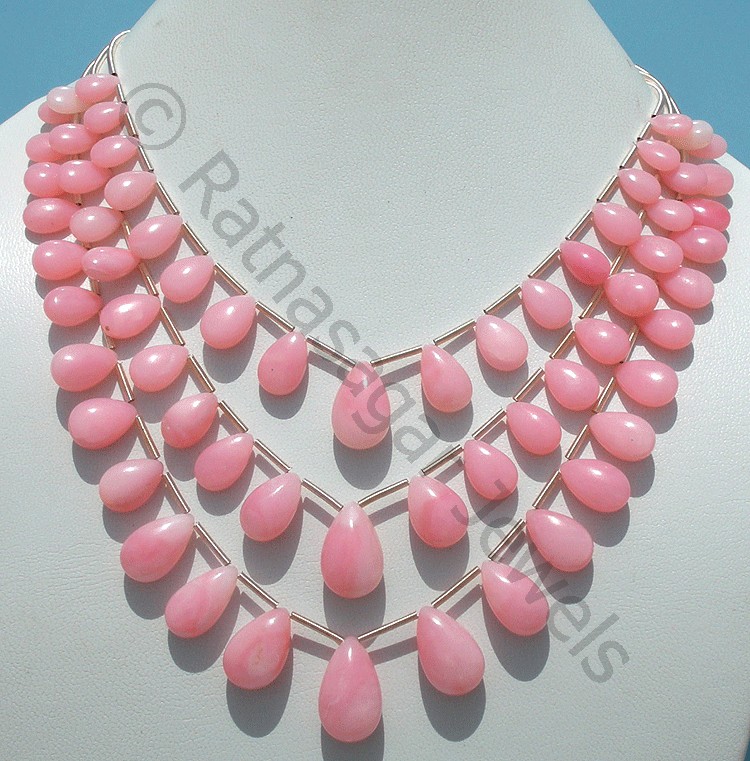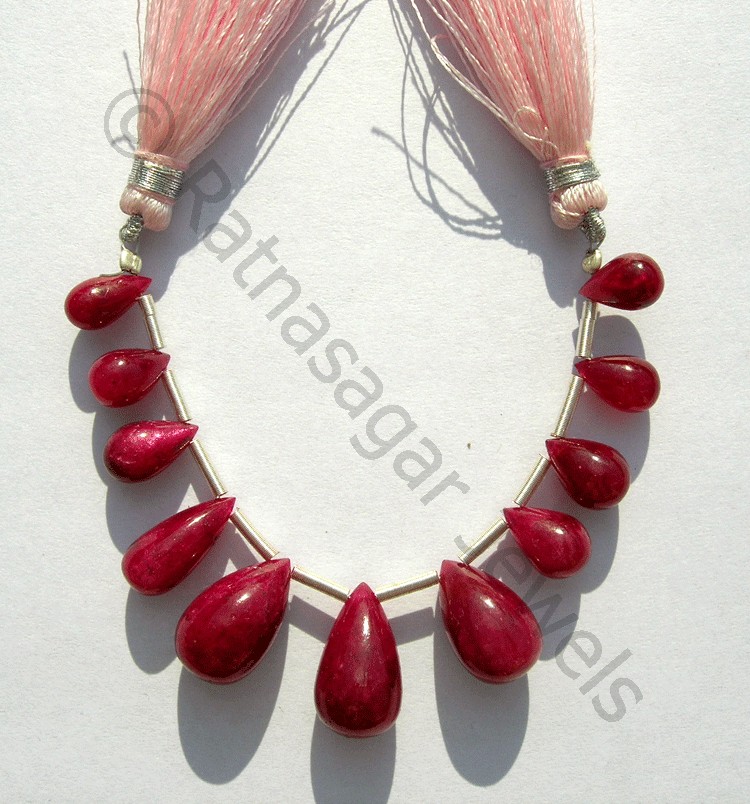With each passing year, there is a significant rise in demand for different types of natural gemstones. In 2016, the technology of cutting and polishing gemstones has reached a “never seen before” stage where new definitions and concepts are ruling the roost.
If you are new to gemstone industry, and are exploring the world of assembling top grade gems, here are 4 terms you should know in 2016!
1. Opal doublets:
Also called the composite opals, opal doublets are actually two gemstones glued back-to-back using resins and glues. There could be an opal as one layer glued to other materials. Man-made doublets include a well-rounded off opal glued to black industrial glass or vitrolite.
The doublets are classified as primary opal gemstone or a secondary opal, depending on the thickness of the natural gemstone. Used in jewellery, opal doublets are very hard to distinguish from their natural counterparts.

Opal doublet is given a cabochon cut for the superior gem-like finish.
2. Opal triplets:
Triplets are not as extensive as doublets. The triplet has three layers-
- Black base
- Thin layer of natural opal (usually white opal)
- Clear slice of quartz, glass acting as a capping
The difference in layering adds weight to the opal, without compromising on the clarity and translucency of the natural gemstone.
Compared to the doublets, opal triplets are cheaper but serve just the same purpose in jewellery making, especially considering the fact that natural opal gemstone is very fragile, and often chips away.
Note:
The doublets and triplets remain intact for years, if not decades, and hence give the opal a sense of durability for a longish use.
3. B Jade:
Jade is a popular ornamental rock, and counted as a semi-precious gemstone. There are two distinct varieties of jade with similar silicate crystalline structure:
“B Jade” is an artificially treated jadeite that is bleached in acid and later doped with the polymer resin to enhance its look. The B Jade family has a clear, spider-web like crystalline structure bearing a smooth apple green shade. The bleaching and subsequent impregnation process leave absolutely no trace of spotting on the surface.
In jade gemstone market, there are different categories:
- A Jade: Bee-waxed jade with no artificial treatment or bleaching
- C Jade: Dyed B-Jade
- D Jade: Dyed Jadeite
In 2016, the B Jade is back in popularity after revisions in technology and acceptance of polymeric doping as a regularised process in lapidary.
4. Lead-glass filling Rubies/ sapphires:
Also called composite ruby gemstone and sapphire gemstone, these are hybrid gemstones made using combination of lead-glass and corundum. Natural ruby is brown and hard, which makes them hard to cut. When combined with lead-glass, the ruby transforms into a clearer and brilliant gemstone that is easier to cut. In normal market, hybrid rubies can be as much as 35%!

Though rated as one of the least accepted heat treatment process for ruby enhancement, lead glass filling clears up the impurities and the rutile silk structure is very much conspicuous.ve
db332634-838e-4dd8-9926-e9dd521c3b97|0|.0|27604f05-86ad-47ef-9e05-950bb762570c
Tags
: Ruby gemstone . Sapphire Gemstones . opal gemstones